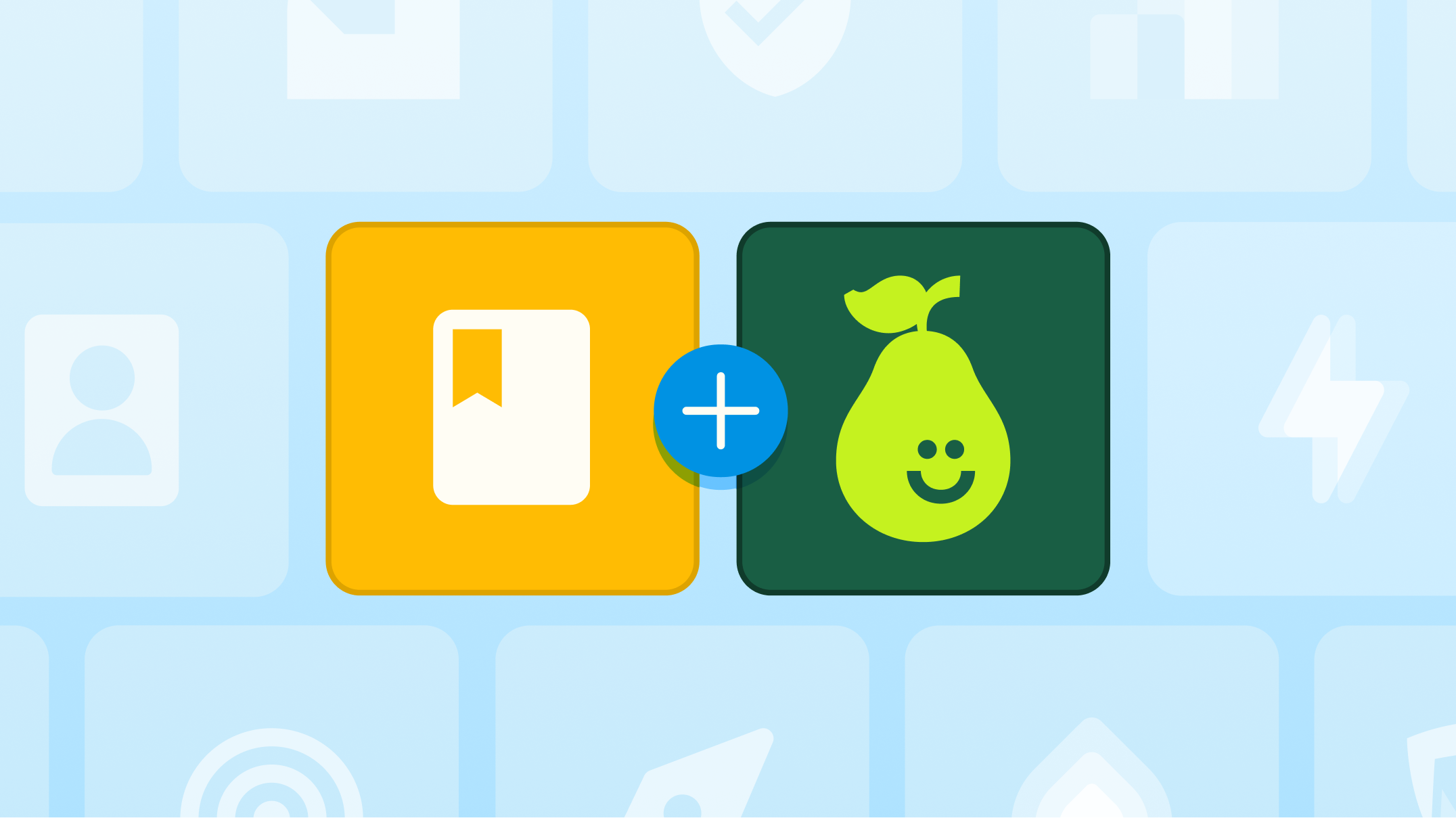Personalized Learning and Differentiated Instruction

In the recent years, personalized learning and differentiated instruction have been hot buzzwords in the education world, especially with the increasing use of technology in classrooms. The idea of school catering more towards each student’s needs is something almost all agree is beneficial. However, though these words have become popular, there still seems to be a lack of clarity on what these terms mean, the difference between personalization and differentiation, and how to implement them in your classroom.
In this blog post, we break down for you the meaning of these terms and the difference between personalized learning and differentiated instruction. We then link you to two other blog posts that each include five ways to personalize or differentiate your instruction with the help of Pear Assessment (formerly Edulastic).
Differentiation
In the words of ISTE (International Society for Technology in Education), “Differentiation is a type of learning where instruction is tailored to meet the learning needs, preferences and goals of individual students.” In other words, in the differentiated instruction model, the teacher adapts instruction to meet the needs of different groups of students. According to the U.S. Department of Education, “Learning goals are the same for all students, but the method or approach of instruction varies according to the preferences of each student or what research has found works best for students like them.”
Differentiated instruction involves the teacher adapting various elements in the classroom according to the needs of his or her students.
Personalization
According to the U.S. Department of Education, “Personalization refers to instruction paced to learning needs, tailored to learning preferences, and tailored to the specific interests of different learners. In an environment that is fully personalized, the learning objectives and content, as well as the method and pace, may all vary.” From this definition, we can see there is some overlap between differentiation and personalization as they both involve catering instruction to different learning needs. However, thought leaders on the subject, Barbara Bray and Kathleen McClasky, emphasize the critical difference being personalization starting with the learner and letting them “actively participate in the design of their learning."
The focus of personalized learning is letting the learners choose how they learn in the most beneficial way. They work alongside the teacher to create their own goals and pave their own educational pathway. As ISTE puts it, “Instead of education being something that happens to the learner, it is something that occurs as a result of what the student is doing, with the intent of creating engaged students who have truly learned how to learn.”

.svg)
.svg)
.svg)

.png)

